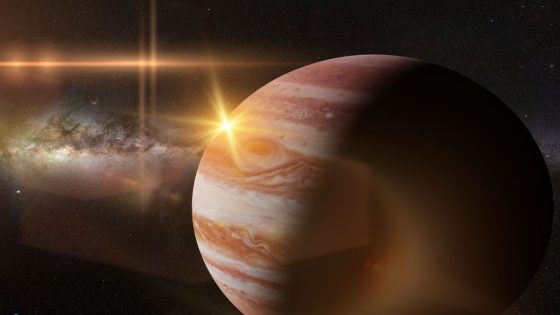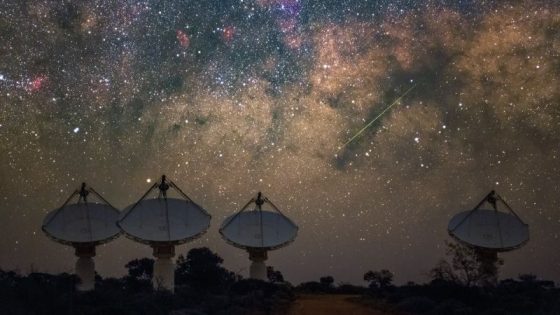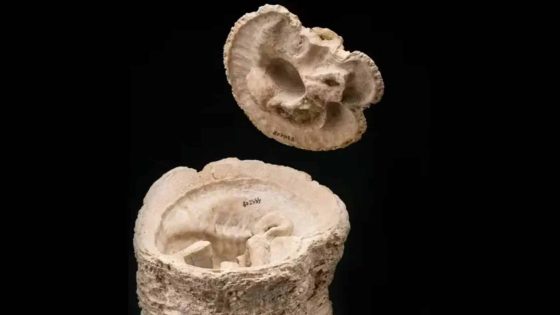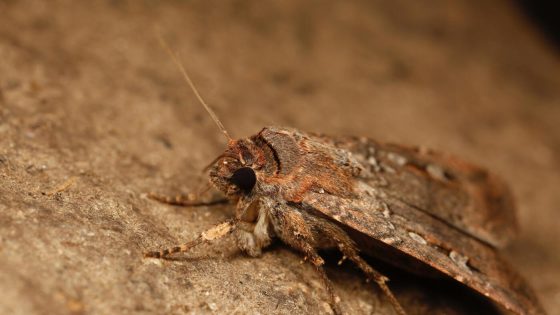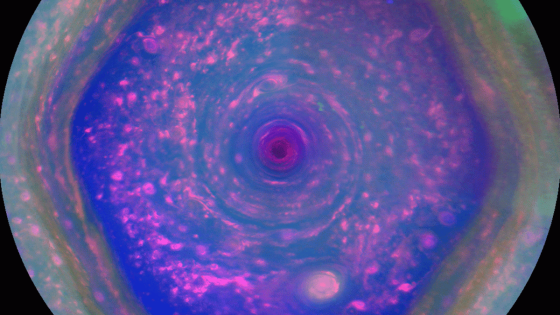The uniqueness of the human chin is a captivating topic in evolutionary biology. Unlike any other mammal, including our closest relatives, the Neanderthals, the Homo sapiens chin raises intriguing questions about its evolutionary purpose. As researchers delve deeper into this anomaly, insights continue to emerge, especially as of 2025-07-04 13:00:00.
- Humans have a unique chin structure.
- No other mammals possess a chin.
- Neanderthals lack a chin as well.
- Various theories exist about chin's evolution.
- Testing evolutionary theories is challenging.
This distinctive feature has sparked a wealth of theories, yet without evidence of convergent evolution, testing these hypotheses remains challenging. Why does the chin exist only in humans? What does this mean for our understanding of human evolution?
This peculiarity invites further exploration into human evolutionary traits. What role does the chin play in our social interactions or dietary habits? Understanding this could illuminate broader aspects of human development.
- The chin may serve a social signaling function.
- It could relate to changes in diet and jaw structure.
- Research may reveal insights into human communication.
As we continue to investigate the mysteries of human evolution, the chin’s role may offer new perspectives on our species’ development. Engaging with these questions could lead to groundbreaking discoveries in anthropology and biology.





